How they made it It wasnãt easy, but a combination of 21-hour days and a decent helping of luck combined to make the man we know today.
How did you get to work at Fosters?
Iãd never heard of them until a guy from this firm called Foster Associates, Laurent Butt, gave a lecture during my third year at Leicester Polytechnic. I went along and I was completely gobsmacked by the work.
Iãd never seen anything like it.
I went up to Laurent afterwards and asked if they took on year-out students. Iãd already been turned down at Arup Associates and Richard Rogers (Richard says now he regrets it), but I got in at Foster.
A couple of years later, I had come back from my summer holiday ã a massive Greyhound bus trip around America ã and had been working at Hopkins Architects for about 10 weeks when I got a phone call from Fosters. I defected there and worked on the IBM Greenfield scheme.
How did you find your first year?
When I first started, I was working full time at Foster during the day and was also supposed to be full time at college. I used to go to the practice during the day, come home and do college work until about two or three in the morning, get three or four hoursã sleep and then go to work in the morning.
You have to work long hours ã Saturdays and Sundays as well. It was kind of expected. Architecture is like that ã you have to work all the time. Even when you go on holiday youãre going round temples and churches and looking at buildings.
I didnãt really know what it meant to be an architect when I was at college. I thought they paid for the job. I had no idea there was such a thing as a client who had all the money. I thought Christopher Wren was really rich and was building all these churches out of his own money.
Was there a defining moment at the practice?
We had a black Friday in about 1978 and a big job in Hammersmith fell through. A lot of people got fired. Out of about 40 or 50 people, there were only about 10 to 20 of us left. It was a pretty big cull. And then we won the commission for the Hongkong and Shanghai bank in Hong Kong. I was kept on and we had to pick up all the bits from the people that had left and had to try to keep it together.
I expect Norman was financing the office then because there was virtually no work. When the Hong Kong bank came in, we really had nothing else to do of any substance so we all piled into it. Winning that was a massive break. It was an amazing time ã there were only about six of us on it and none of us had built anything before. Most of us were very young and very confident with what we were doing.
Whatãs your favourite project from your Foster years?
There are two. The first is Cranfield University library in Bedfordshire, because we worked hand in hand with the client who wanted a decent building. Also, it was a completely integrated team. It was Chris Wise [from Arup], Robin Partington [from Foster], Paul Morrell [from Davis Langdon] and Trevor Farnfield [from Roger Preston & Partners]. A great team spirit. The other scheme is the Swiss Re building. Iãm really delighted with it ã itãs a fantastic building.
Why did you decide to leave the practice?
I thought it was time for a change. Iãd been there almost 30 years, Iãd just turned 50 and it was coming to the bottom of a cycle, so most of the jobs I was working on had just been finished. Swiss Re had just been handed over, Multiplex was building Wembley, the Millennium Bridge had stopped wobbling.
It felt like a moment in time where if Iãd stayed I would have been there for the next cycle, which would have been another seven or eight years. It felt like the right time to go.
But was there a specific moment, a catalyst?
There was that article about me in ¤ûè¨üàèºTV, which caused a bit of a rumpus ã that was in January, and I basically left that November.
I donãt think the interviewer distorted what I said. I think he left out a few things that would have softened it a bit, but if there was a catalyst, Iãd say that would be it.
Did Norman try to persuade you to stay?
He did. We had this big interview where he tried to hang on to me. I said Iãd think about it ã he was quite keen to keep me ã but by that point I thought it was time. Iãd already stepped down mentally and wanted to do something else.
Did you always plan to set up your own practice?
I didnãt know what I was going to do; a few ideas went through my mind. I thought I might go and help with the Olympics bid.
I also wanted to go and help run Railtrack, which was in a right old mess at the time.
I didnãt know what Iãd do there. I just thought I could help.
To be honest, I didnãt expect to get another job. I thought I was over the hill and past it. I started a process to join Hamilton Associates, where Robin Partington had moved to, but it just didnãt feel right. It felt a bit like a frying pan and fire situation ã it wasnãt going to work.
In the end, I got 12 job offers. So I thought, maybe I can get another job if I try my own thing and it doesnãt work out. And of course it has just been massively successful. I knew it was a good time to hit the market. You could sense it was about to go up again, but I had no idea it would be so successful. Absolutely no clue at all.
How did you get the practice off the ground?
Arup really looked after us. They gave me a desk to start with and then kept moving us about as we got bigger. They gave us paper, Photostat machines and old printers they didnãt use. For six months we had no office overheads at all. It was free coffee and envelopes all the way.
Iãd done this deal that I wouldnãt approach anybody I knew at Foster ã clients or staff. But what happened was, of course, they all came and found me. People were phoning up to ask if they could come and join. I told them I didnãt have any work and they said, we donãt mind, weãll come and work for free. There was nothing I could do about that.
It was the same story with the clients. Iãve never approached a Foster client or employee ã theyãve all approached me. We must have at least 40 people from Foster.
Where did you get the name Make from?
I had all these names that were totally crap. Iãd been through the thesaurus and the dictionary and had come up with things like Blue Dot or other rubbish names. People were trying to convince me to keep my name in the title but I really didnãt want to. In the end, I went to see a branding specialist and they came up with the name Make and at first I thought, ãMake ã what are you talking about?ã
Running a practice is a totally different set of skills to designing. How did you know what to do?
Barry Cook, who was finance director at Foster, came to advise me. I hadnãt seen him for a couple of years and he sent me an email saying: ãIãm coming ã you need me. You donãt have to pay me, Iãm just coming.ã He offered to work for free. Everybody worked for free for the first three months and then I paid them back. I worked for free for six months.
How did you develop your management skills?
I think they come from being a sixer in the cubs! I believe that if you create an environment where everyone feels comfortable, where thereãs no stick, just a carrot, the hierarchy comes naturally. We never say, you are going to lead on this project ã it just emerges.
Give us some advice
There was a moment in time, at the end of my thirties, when I suddenly realised I had to start meeting clients. Until that point I had just been building the buildings. I had to understand how the office worked.
Also, you have to be absolutely committed to architecture. Eat, live and sleep it. Itãs not unhealthy, itãs almost like a Roman Catholic profession ã youãre in it and thatãs it. Thereãs nothing else other than architecture. There isnãt.
The story so far ãÎ
1952
Born in Birmingham, UK
1956-1970
Attends Marsh Hill primary school in Erdington, then Handsworth grammar school
1972
Takes first job as a draughtsman for Harry Bloomer & Son in Birmingham
1973
Moves to Essex Goodman and Suggit, to work as a draughtsman
1974
Given his first job at Fosters
1986
The Hongkong and Shanghai bank opens
1994
Honorary doctorate from De Montfort
2002
Joins Cabe; City Hall, London, opens
2003
Leaves Foster + Partners
2004
Founds Make Architects and becomes chair of Cabeãs design review panel; the Swiss Re opens
2005
Is appointed a visiting professor at Nottingham university school of architecture and is awarded an honorary fellowship of the Royal Incorporation of Architects in Scotland
2006
Makeãs first building, the Dartford judo dojo (pictured above), is completed
Postscript
For previous articles on Ken Shuttleworth, including that interview, search www.building.co.uk/archive





















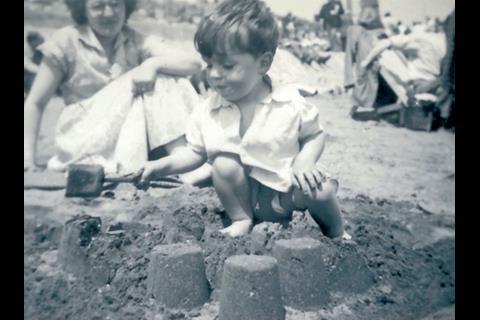
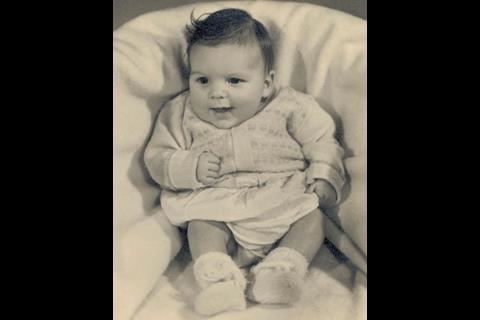
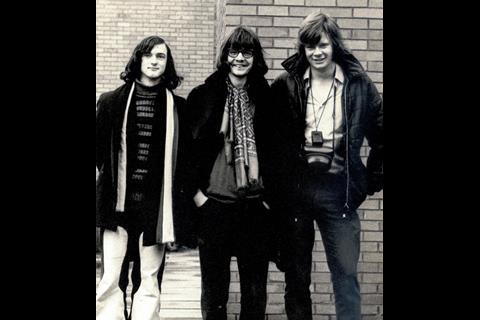
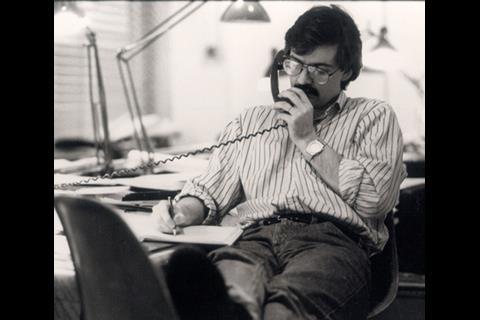

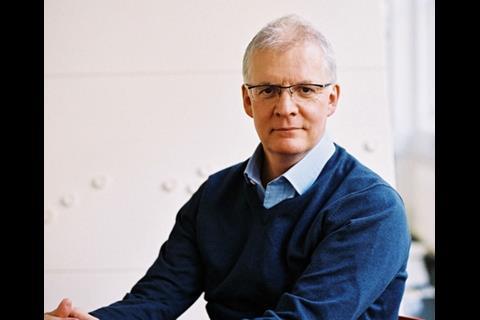




No comments yet